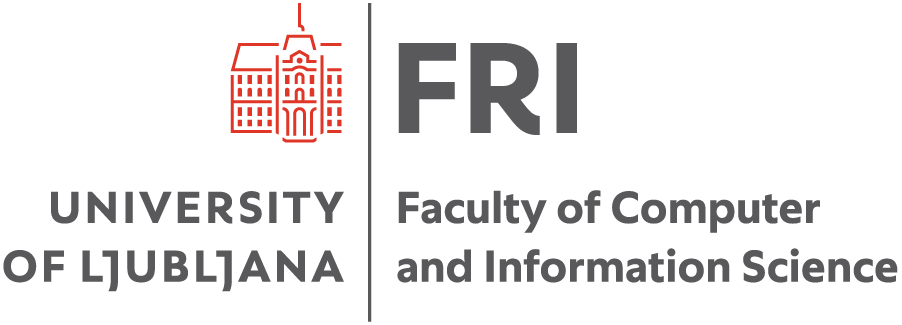- Credits:6
- Semester: winter
- Contents
The ultimate aim is an in-depth look into the structure and function of the computer and its components.
First of all, we introduce the simplest building blocks of digital integrated circuits, which are assembled into modern processing units; we study their structure, implementation and operation. Among the practical examples we also present microprogrammed CPU model (MiMo) and microcontrollers from ARM family and the latest models of x86 processors (e.g. Intel, AMD).
In large part, we focus on the speedup of computer systems by means of parallel computation on the instruction level within a single processing unit (pipeline) and then also at the level of aggregation of multiple units in a system (multi-threading, multi-core processors, multi-processors, multi-computers). We explain the reasons why the development runs primarily in the direction of parallelization of the systems and explain the consequences from the perspective of a programmer and a designer of computer systems. In this context, we also study the structure of the most powerful computers with a large number of parallel processing units.
In all these systems, high performance interconnection paths for data transfers are very important and also briefly presented (e.g. PCI, USB, PCI Express). Then we explain the basics of operation of some commonly used input and output devices and adequate data transfer types (e.g. Interrupts, DMA, I/O processors).
An overview of the lectures:
Introduction to the organization of computers and digital circuits
Basics of Integrated Digital circuits (TTL, CMOS, VLSI)
Computer at the Micro-architecture level (structure and operation of the CPU)
Instruction Level Parallelism (pipeline, superscalar processors)
Processor Level Parallelism (Multiprocessors, Multicomputers)
Overview of data transmission paths and types of transfers (PCI, PCI Express, USB, QPI)
Input-output system (devices, data transfers)
In the context of laboratory work, we consolidate and deepen our knowledge with the programming and use of the actual system with ARM microcontroller. In doing so, we learn the concepts described also from a practical point of view.
- Study programmes
- Distribution of hours per semester
- Professor

